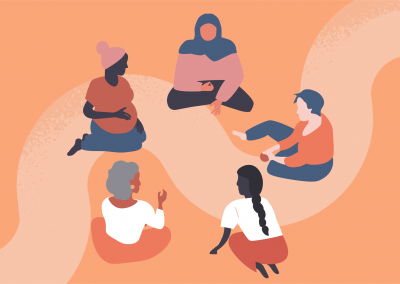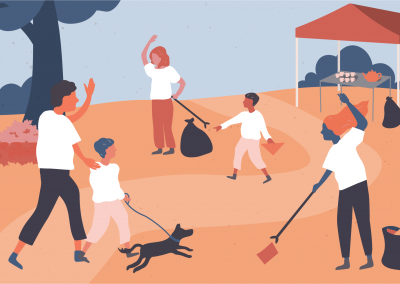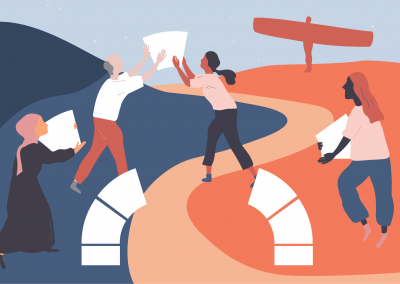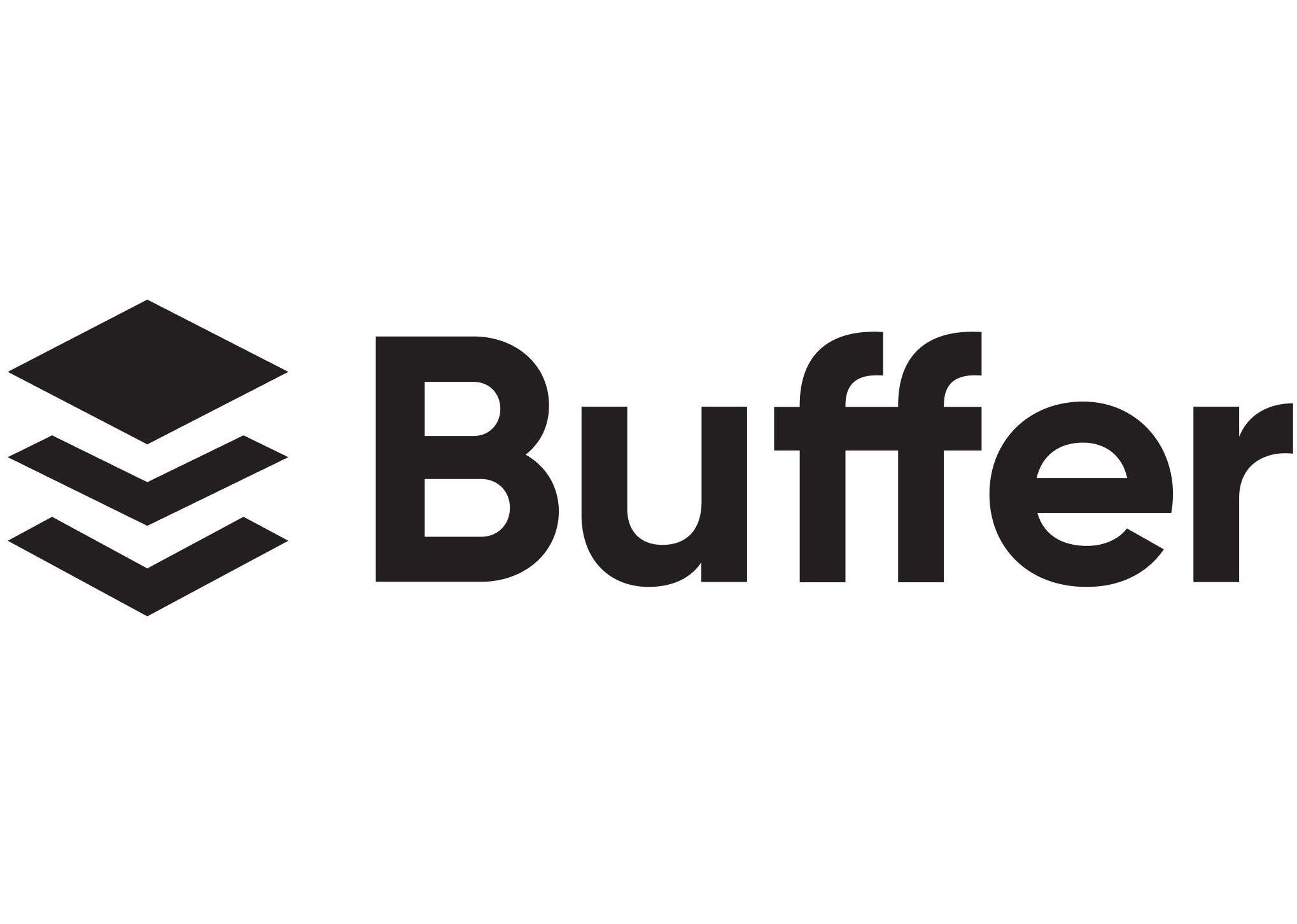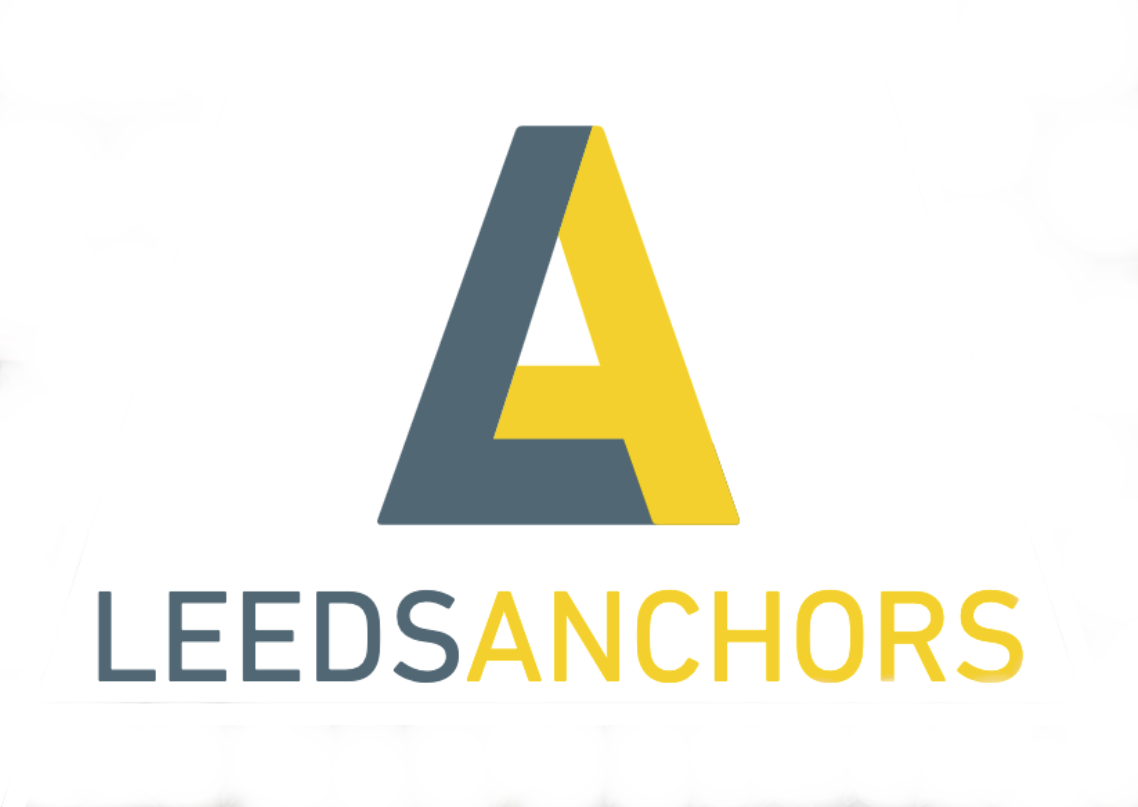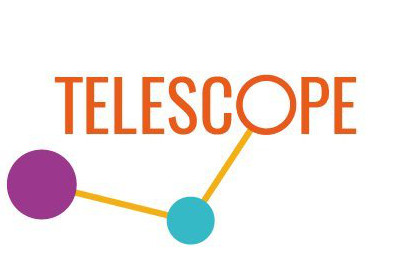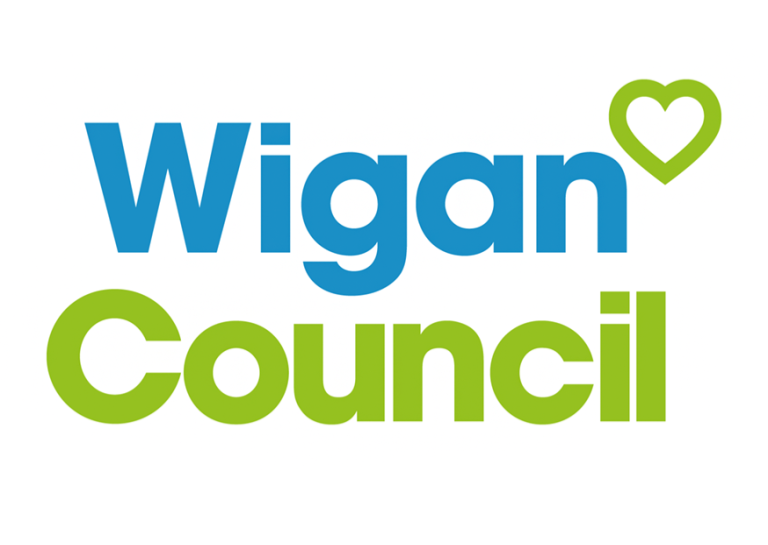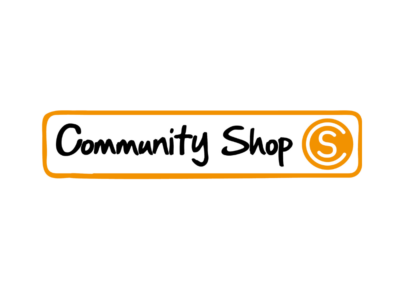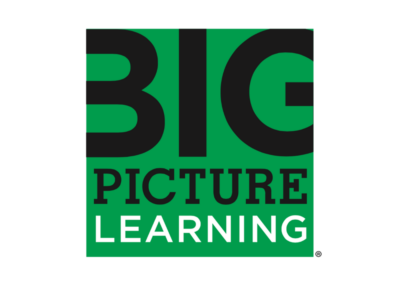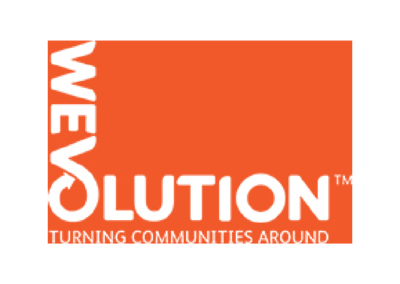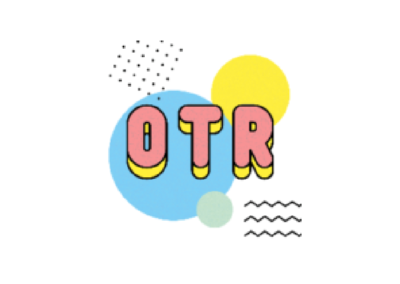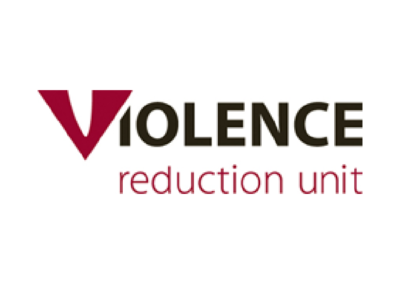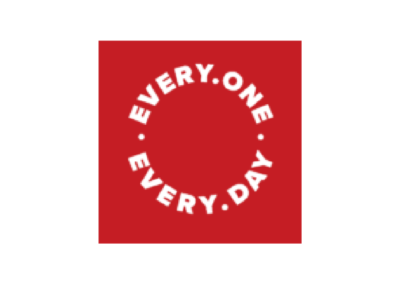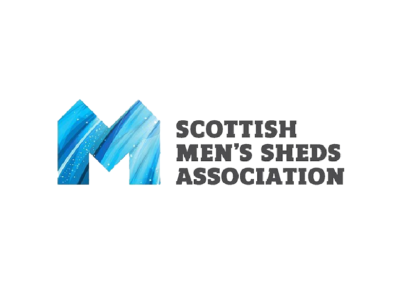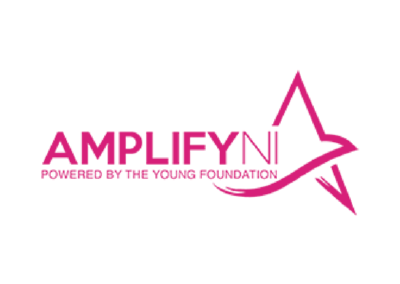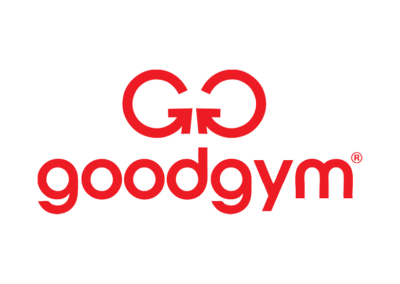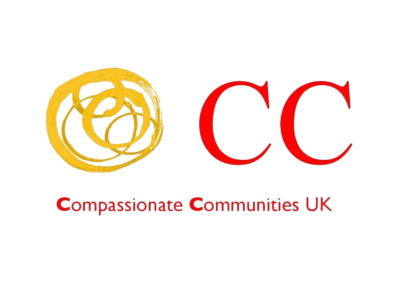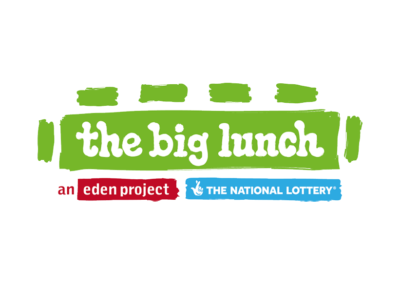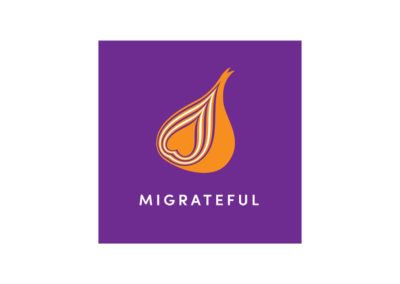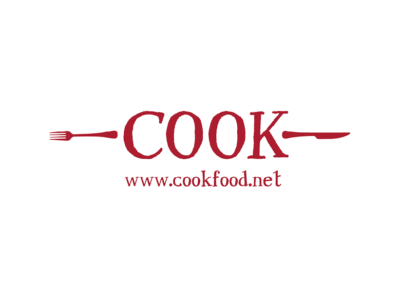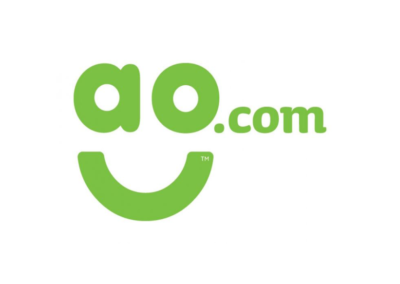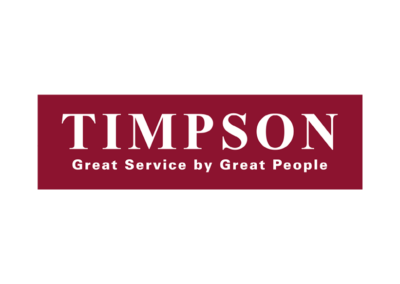Case study: The Leeds Anchor Network (LAN)
Encouraging cooperation between big Leeds organisations to generate inclusive growth
Introducing The LAN
The Leeds Anchor Network (LAN) connects major Leeds organisations – including councils, hospitals, universities and utility providers – as ‘Anchors’ to work together to maximise the local benefits of their spending, services and recruitment.
We’d like to say a special thanks to Peter Slee, Vice Chancellor of Leeds Beckett University and Chair of the LAN, who has been generous with his time in providing insight into how the LAN works.
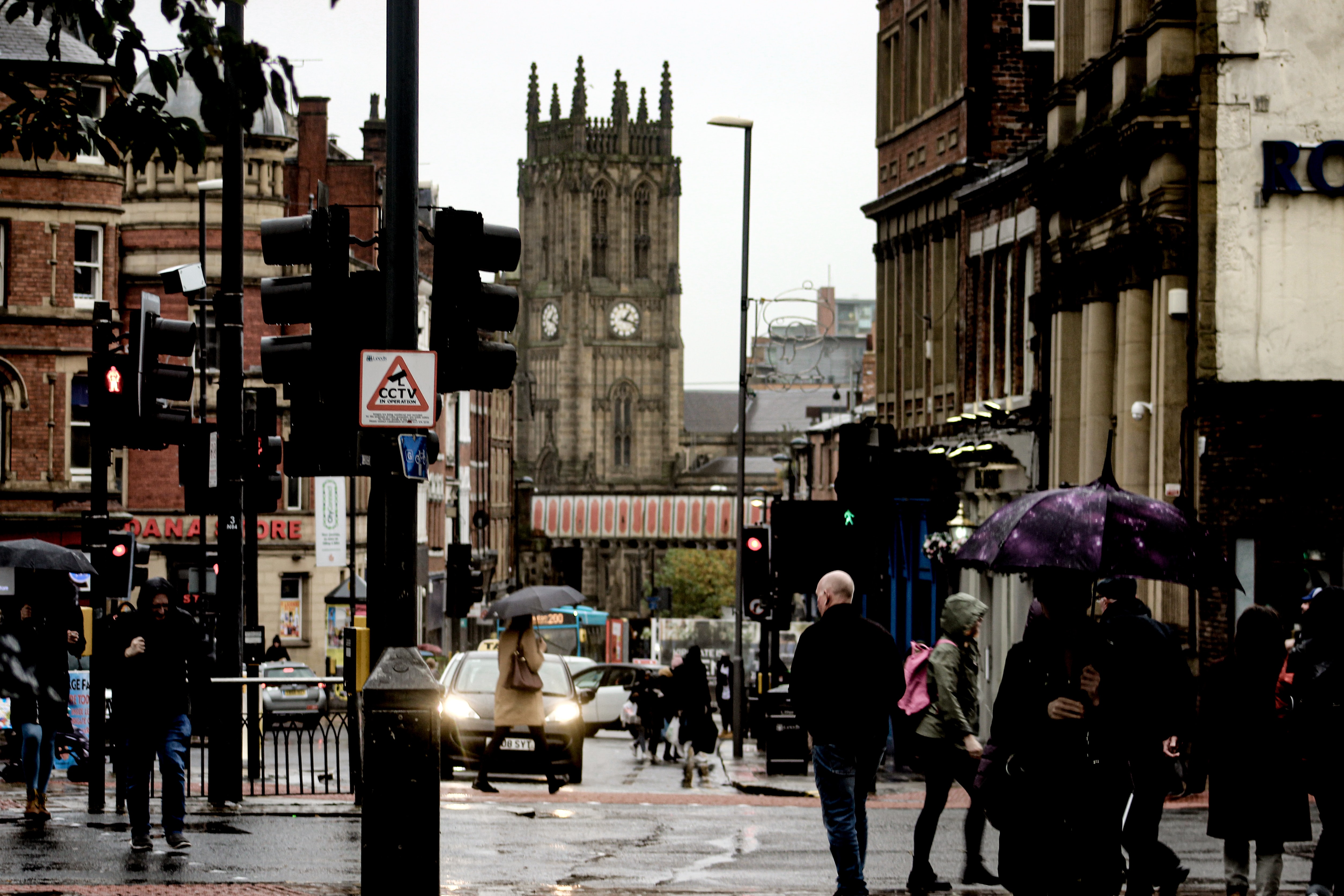
How does the LAN work?
The LAN is rooted in two core beliefs:
- That economic growth should benefit everybody (the Network is an integral part of Leeds’ wider Inclusive Growth Strategy).
- That large (especially public) organisations have a disproportionate role to play in delivering this strategy given their financial muscle, large-scale infrastructure, social and cultural influence and long-term stability.
These beliefs are central to recent economic thinking around inclusive growth and community wealth. This thinking has been developed through both practical implementation – the so-called Preston Model is arguably the flagship example – and by think tanks like New Local and the Joseph Rowntree Foundation (the latter having helped establish the LAN).
Leeds City Council, itself an Anchor, helps convene the LAN, funding a permanent secretariat and Joseph Rowntree Foundation consulting. But the LAN is a network with many connection points. In practice it works decentrally, through Anchors, “Community Anchors” (more localised businesses and community groups) and citizens.
There are four key stages in how the LAN works.
Step 1: Commitment
In joining the LAN, Anchors commit to working internally and alongside other Anchors to positively impact Leeds across five action areas:
- Employment: Being a good employer by offering fair wages, benefits and pensions; recruiting locally and diversely; prioritising staff health and wellbeing; and providing meaningful training and development pathways.
- Procurement: Creating value through supply chains by working with small, ethical and local companies and baking social value into procurement processes. This is where Peter has seen most progress so far. The LAN’s annual purchasing power is over £2 billion. From a baseline of 10%, 50% of this is now spent locally. Leeds Beckett’s local spending has risen from 24% to 60%, half of which is spent in deprived wards and three quarters in small and medium enterprises.
- Bricks and mortar: Using infrastructure to benefit local communities by building social value into its design, construction and operation and maximising ways for local people to use and otherwise benefit from it.
- Service delivery: Designing and delivering services that meet local people’s needs – including the most deprived communities – and involving Community Anchors in decision-making and operation.
- Corporate and civic behaviours: Making an institutional commitment – in terms of leadership, norms, resource allocation and measurement, among other things – to being a strong Anchor and collaborating with other Anchors.
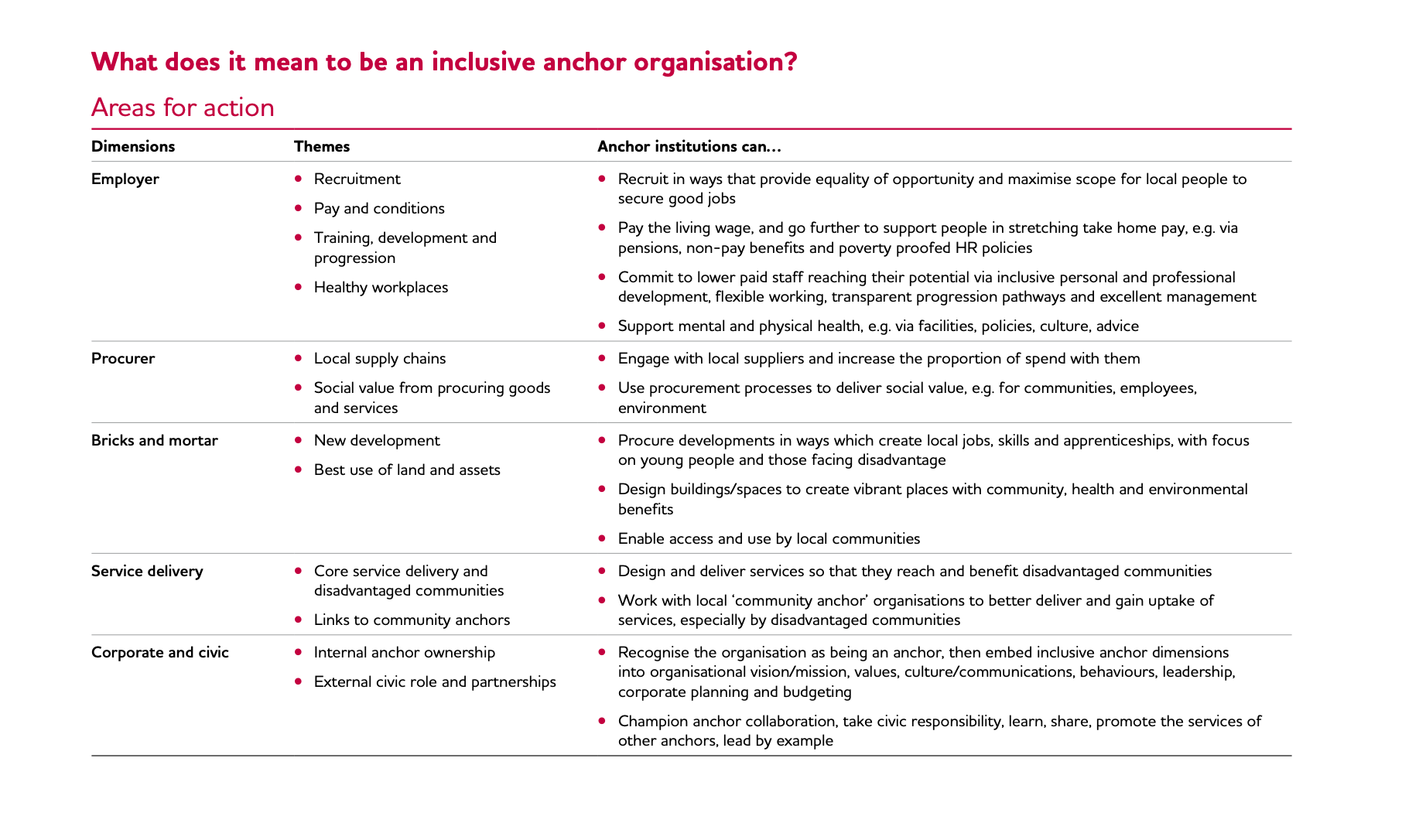
Examples of the kinds of behaviours expected of a Leeds Anchor, taken from the Progression Framework.
Step 2: Internal evaluation and goal setting
Anchors then evaluate their current performance in these five areas using an Anchor Progression Framework.
The framework breaks each area into sub areas, and these into ‘features’ of good practice. Anchors score their progress in implementing these features from 1 (basic start point) to 4 (best practice) and set goals based on their results.
Step 3: Anchor collaboration
As they work to improve internally, Anchors build relationships with one another to share best practice and identify collaboration opportunities. LAN sub networks corresponding to specific parts of the framework provide a formal mechanism for this, with Anchor representatives with equivalent roles convening regularly. These relationships gradually grow into more organic networks that serve as conduits for action.
Step 4: Working in (deprived) communities
Though not a separate step as such, Peter highlighted the importance of using internal evaluations and Anchor collaborations as a foundation for work in and with local communities – especially relatively deprived areas of Leeds.
The three relational circles of the LAN
The five commitment areas of the LAN may not all be obviously relational. But relationships are crucial to the LAN. Its activity ripples through three relational “circles” (akin to the Circles of Support model in our Relationship Makers Guide): relationships within Anchor organisations (Step 2), between Anchor organisations (Step 3) and between Anchor organisations and the communities they serve (Step 4).
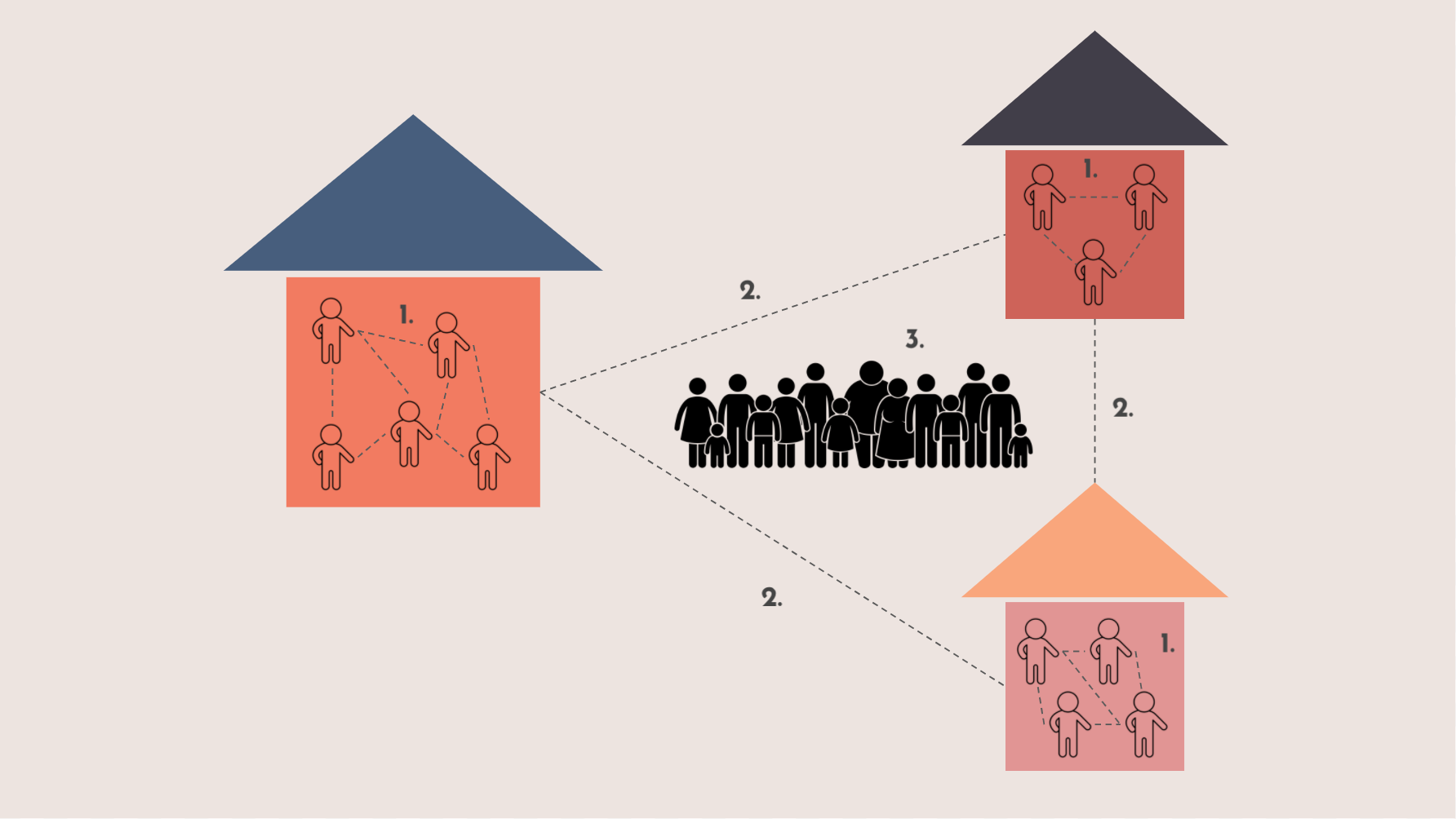
1. Relationships within anchor organisations
Many of the Anchor commitments are relational. The features of being a good employer, for example, encourage better relationships between staff.
Even the act of committing to the LAN (Step 1) plays a unifying role with the Anchor organisation, uniting staff behind a common vision. Done well, this goes beyond simply presenting LAN principles to staff. For example, during Leeds Beckett’s initial LAN evaluation, Peter commissioned a 360-degree assessment of all the university’s touchpoints with local people – many he didn’t know about.
Once complete, this assessment allowed the university to celebrate Anchor-worthy work, encourage more of the same, identify areas for improvement, share good practice and spot opportunities for connection and collaboration – all while communicating and reinforcing the LAN vision.
2. Relationships between anchor organisations
The LAN gives Anchors a catalyst to connect and a framework to guide that connection. This connection brings mutual benefits which, in return, help sustain the connection.
The core mechanism here is the series of LAN sub networks corresponding to specific parts of the framework. Peter reported that Leeds Beckett’s HR Directors now meet with other Anchor HR Directors, and as a result are developing a good-employer standard for Leeds. Purchasing and Estates Directors are doing similar things. The university also collaborates with other organisations through the North Eastern Universities Purchasing Consortium, which shares best practice and offers training from sustainability experts.
These structured interactions seed relationships which increasingly become conduits for collaboration. Peter gave the example of St. James’s Hospital which, operating in a deprived area, was working hard to recruit local people – an effort Leeds Beckett supported through education. Similarly, when the hospital offered its fruit and veg business to a local supplier, Leeds Beckett Business School provided business support to help the supplier grow to meet the increased demand.
Inter-Anchor relationships have proven helpful during Covid. When hospitals needed space to train staff or provide nurse accommodation, for example, existing relationships streamlined access to other Anchor buildings.
Cooperation between Anchors requires work and is not always straightforward, and adopting LAN principles can face resistance from some stakeholders. Flexibility is required: organisations should be able to contribute to the Network how and where they can, even if they can’t fulfil all the commitments.
3. Relationships between anchor organisations and the community
The LAN framework encourages Anchors to improve relationships with local communities through myriad mechanisms. Though diverse, these mechanisms broadly encourage Anchors to involve local people more: to listen to them more deeply, recruit them more frequently and fairly, design and manage alongside them more collaboratively and grant them more open access to resources.
This community alignment, under the banner of inclusive growth, can’t be charitable; it must be mutual to be sustainable. A fantastic example is The New Wortley Community Centre (NWCC), designed through Leeds Beckett’s Project Office, which employs architecture students in offering a full architectural service for organisations unable to typically afford such consultancy (the university also offers a similar legal service).
The award-winning NWCC is considered the largest student co-designed architecture project in the UK, including services from drug rehabilitation through job shops and skills classes to a laundrette. It has expanded from two employees and eight volunteers to 21 employees and 53 volunteers, with new employees having 66 years of collective economic inactivity (costing the Treasury £775,000). In year one, the NWCC registered 40,000 volunteering hours, worth £467,000 in social value. Its Ex-offenders programme had a 5% recidivism rate, versus the 34% average – a governmental saving of £4.5m.
What can we learn from the LAN?
Whilst the LAN is complex and specific to the Leeds context, there are a number of useful insights. These are applicable not just to similarly large Anchor networks, but to other contexts in which entities – whether large organisations, small groups or even individuals – could collaborate as Anchors.
Frameworks can catalyse and guide relationships
This is evident on multiple levels in the LAN. There are already Anchor models, like Preston, to look to. The Social Value Act, a legal framework, helps guide procurement improvements. And the LAN Progression Framework itself provides a detailed roadmap for improving internal relationships and directing inter-Anchor relationships.
Excessive rigidity can be counter-productive
Though frameworks can be valuable, they shouldn’t be restrictive. The Progression Framework, for instance, doesn’t prescribe solutions or tie organisations together. It instead helps organisations reflect, leaving room for organisations to bring their own values and ways of working to the table.
Commitment can be ritualised
Not only does joining the LAN open with a commitment to being an Anchor, but an ongoing reminder of the corporate and civic behaviours required to maintain this commitment are baked into the framework itself (the fifth commitment area). The formal mechanisms for Anchors to liaise further provide formal, or ritualised, accountability mechanisms.
Connectors are useful
Leeds City Council, along with consultants from the Joseph Rowntree Foundation, play a convening role in the LAN, even if ultimately it is largely decentraised. Connectors like this, whether organisations or people, are valuable.
Mutuality is key
Through all three relational circles the importance of mutuality is clear. Whether the relationship is between Anchors and their staff, Anchors themselves or Anchors and local communities, both sides must see benefits in the relationship for it to be fair and sustainable.
Measure these benefits
Where possible, testing and measuring helps learn what works, save time, bring others aboard by celebrating success and share best practice. Data collection has been a challenge on this front, given this data is not routinely collected and has the potential to make public Anchors’ areas for improvement. But the network has agreed on measures each Anchor will monitor to assess individual and collective progress. These cover the percentage of total spend spent locally (Leeds and West Yorkshire) and on small businesses (SMEs); the proportion of employees who are local, from deprived neighbourhoods and/or BAME heritage; staff pay relative to the Foundation Living Wage; staff wellbeing; the progression of employees from less advantaged backgrounds; and carbon savings.
Anchor networks require a certain leadership style
This style is characterised by wide and active listening, collaborative thinking that meaningfully involves all stakeholders and an open-minded approach. It begs the sharing rather than the wielding of power.
Want to know more?
What’s next for the LAN?
Covid has placed extra pressures on the LAN, but the network continues to grow and strengthen.
Further reading
- The Leeds City Council website has more information on the Inclusive Growth Strategy and Anchor programme, including a host of examples of Anchors doing good work.
- The LAN Progression Framework.
- Maximising the Local Impact of Anchor Institutions: a Case Study of Leeds City Region offers a detailed discussion of how Leeds can make the most of its Anchor programme, written by analysts at the Joseph Rowntree Foundation.


